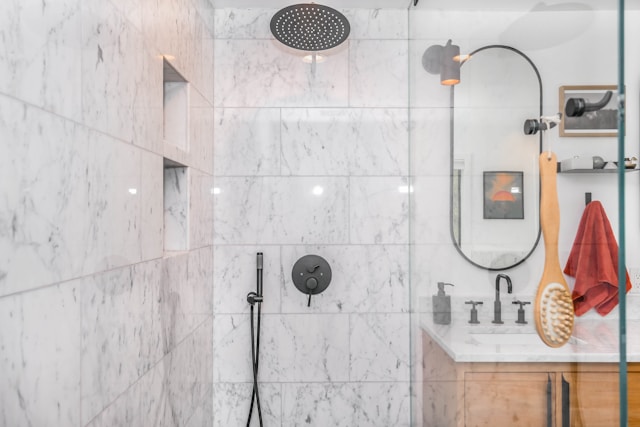A leaking balcony can quickly turn a pleasant outdoor space into a troublesome headache if not detected and addressed early on. Spotting the signs of a leaking balcony in its initial stages is crucial to prevent extensive damage and costly repairs. Here are some telltale signs that your balcony might be leaking and some tips on early detection and troubleshooting.
Stains and Discoloration:
One of the first signs of a leaking balcony is stains or discoloration on the ceiling directly underneath it. If you notice water spots or brownish marks on the ceiling of the room below your balcony, it’s a clear indicator that water is finding its way through.
Damp or Moldy Smell:
 A musty or moldy odor in or around your balcony is another red flag. Persistent dampness provides an ideal environment for mold and mildew to thrive. If you catch a whiff of an unpleasant smell, it’s time to investigate the source.
A musty or moldy odor in or around your balcony is another red flag. Persistent dampness provides an ideal environment for mold and mildew to thrive. If you catch a whiff of an unpleasant smell, it’s time to investigate the source.
Cracked or Peeling Paint:
Inspect the walls adjacent to your balcony for any signs of cracked or peeling paint. Water infiltration can cause the paint to lose its adhesion, leading to visible damage. Keep an eye out for bubbling or blistering paint, as these are often signs of water-related issues.
Loose or Damaged Tiles:
Check the flooring of your balcony for loose or damaged tiles. Water can seep through cracks or gaps in the tiles and compromise the waterproofing beneath. If you notice any irregularities in the tiling, it’s essential to address them promptly.
Water Puddles or Standing Water:
After a rain shower, observe your balcony for lingering puddles or standing water. If water doesn’t drain properly and accumulates in certain areas, it could indicate a problem with the balcony’s slope or drainage system. Proper drainage is crucial for preventing leaks.
Rotting or Warped Wood:
For balconies with wooden elements, keep an eye out for rotting or warped wood. Water damage can cause the wood to deteriorate, compromising the balcony’s structural stability. Regularly inspect wooden components like railings and supports, for any signs of decay.
Efflorescence on Walls:
Efflorescence, a white, powdery substance on the walls, is a common sign of water penetration. It occurs when water evaporates, leaving behind mineral deposits. If you notice efflorescence on the walls surrounding your balcony, it’s indicative of water migrating through the structure.
Tips for Early Detection and Troubleshooting:
- Regular Inspections: Conduct routine inspections of your balcony, especially after heavy rain or extreme weather conditions. Look for any signs of damage and address them promptly.
- Seal Cracks and Gaps: Fill in any cracks or gaps in the balcony structure, including those in the tiles, walls, or joints. Proper sealing helps prevent water from infiltrating these vulnerable points.
- Waterproofing Solutions: Consider applying a waterproofing solution to your balcony surfaces. This creates an additional barrier against water penetration, enhancing the longevity of your balcony.
- Balcony Repairs: If you spot any issues during your inspections, don’t delay repairs. Prompt action can prevent minor problems from escalating into major headaches and costly fixes.
- Professional Help: If you’re unsure about the extent of the damage or how to address it, seek professional help. Balcony repairs and waterproofing are specialised tasks best handled by experts to ensure a thorough and effective solution.
In general, early detection of a leaking balcony is crucial to prevent further damage and costly repairs. By paying attention to these signs and implementing proactive measures, you can maintain the integrity of your balcony, ensuring it remains a safe and enjoyable space for years to come.









